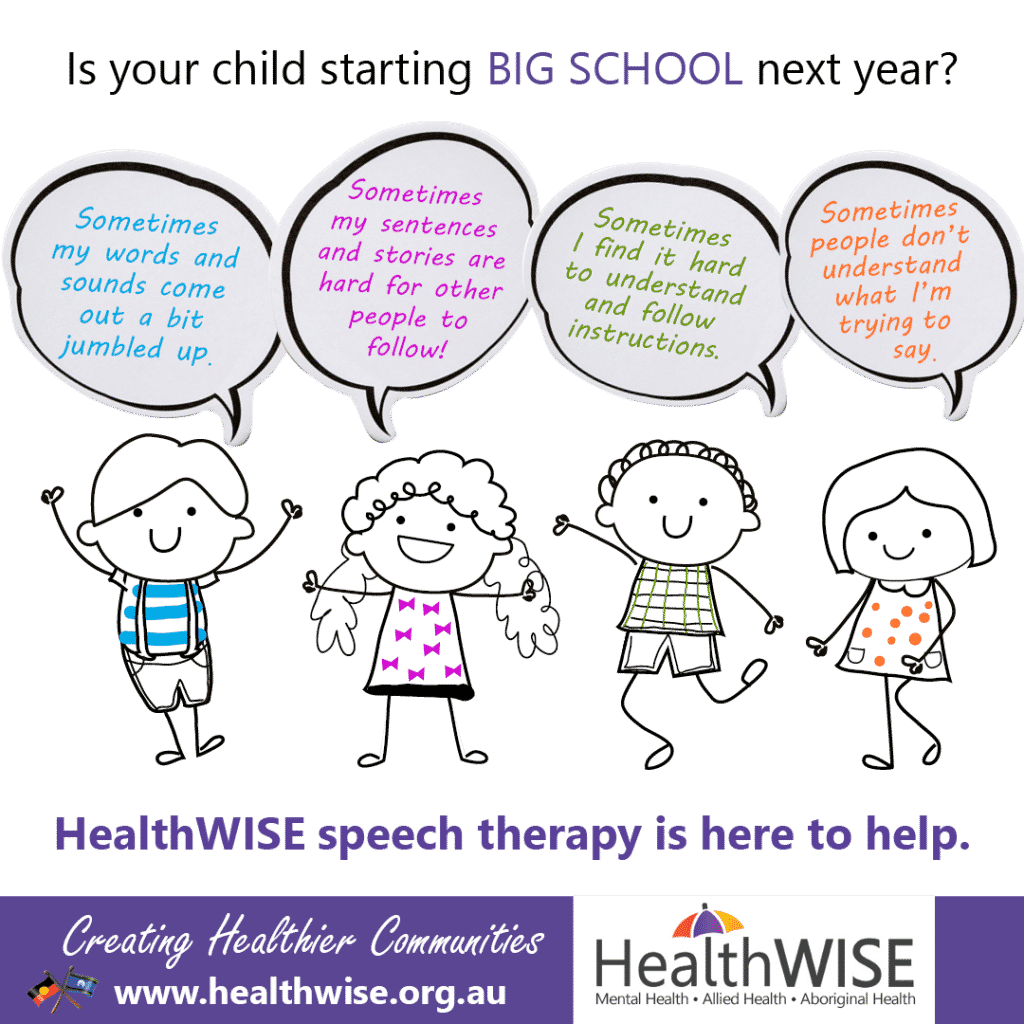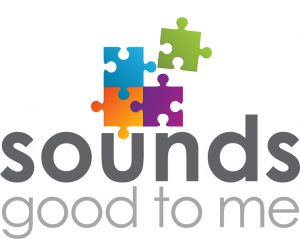Communicating with Confidence in rural and regional areas is the priority!
There are 1.2 million Australians with communication disability. Speech pathologists like Linda Foskey, Anna Haire and Rany Chou from HealthWISE speech pathology services work with these Australians to provide them with the confidence to communicate.
“In Australia today, communication disability remains largely invisible. Unseen and out-of-sight,” Linda Foskey said.
The coronavirus (COVID-19) pandemic has highlighted the challenges faced by Australians with communication disability.

That’s why during Speech Pathology Week, from 23-29 August, speech pathologist Linda Foskey is highlighting the week’s theme: Communicating with Confidence.
“Communicating with confidence is vital to enable everyone to participate fully in the social, educational, economic and sporting aspects of community life in regional and rural areas,” said Ms Foskey.
“Australians with communication disability cannot maximise future educational, health and social outcomes, without the intervention of a speech pathologist.
Only 38 per cent of Australians with communication disability are participating in the workforce compared with 80 per cent of people without communication disability.
People with communication disability are also less likely to have a non-school qualification (42 per cent), than those without communication disability (61 per cent).
“Communication, by definition, involves at least two people. It is important that everyone understands that communication is more than speech.
“Australians with communication difficulties communicate with others using a variety of means, including word-based or picture-based communication boards or books, sign and gesture, and spelling.
“Technology is playing a growing and vital role in keeping Australians with communication difficulties engaged with their family, friends and those in regional and rural areas”
Assistive technology, such as electronic communication and speech generating devices, voice amplification and computer access aids (including eye-gaze mouse control and head tracking devices) allow people with communication difficulties to communicate with those around them.
The Australian Bureau of Statistics has established that 1.2 million Australians have communication disability. Communication disability affects a person’s ability to understand and be understood by others.
- Levels of limitation range from mild to profound and can be temporary or last a lifetime.
- Children and older people make up the majority of people with communication disability.
- Children are more likely to have profound/severe communication disability than older people.
- People with communication disability were less likely to have a non-school qualification (42%) than people without communication disability (61%).
- Thirty-eight percent of people with communication disability are participating in the labour force compared with 80% of people without communication disability.
- One in 7 people with communication disability need formal assistance with communication.
- Half of all people who need formal assistance with communication have an unmet need for this assistance.
- Three in 5 people who have an unmet need for formal assistance with communication were children.




For more information about HealthWISE speech pathology services, please visit: healthwise.org.au/services/speech-pathology/
Media contact: Sally Urquhart, HealthWISE Busines Innovation Manager on 02 6766 1394 or sally.urquhart@healthwise.org.au
For information about Speech Pathology Week visit www.speechpathologyaustralia.org.au/week
Speech Pathology Australia is the national peak body representing more than 10,000 speech pathologists. The Association supports and regulates the ethical, clinical and professional standards of its members, as well as lobbying and advocating for access to services that benefit people with communication and swallowing difficulties.

HealthWISE has launched a phonological awareness and school readiness program made for educators working with children aged 3-6 years old.
Featuring speech pathologist and Sounds good to me co-creator Anne Williams from HealthWISE the program shows how valuable speech pathology can be in an early childhood setting and introduces you to teaching listening and language skills, rhyming, sound awareness, segmenting and blending of sounds. Please see our website: https://soundsgoodtome.com.au/





